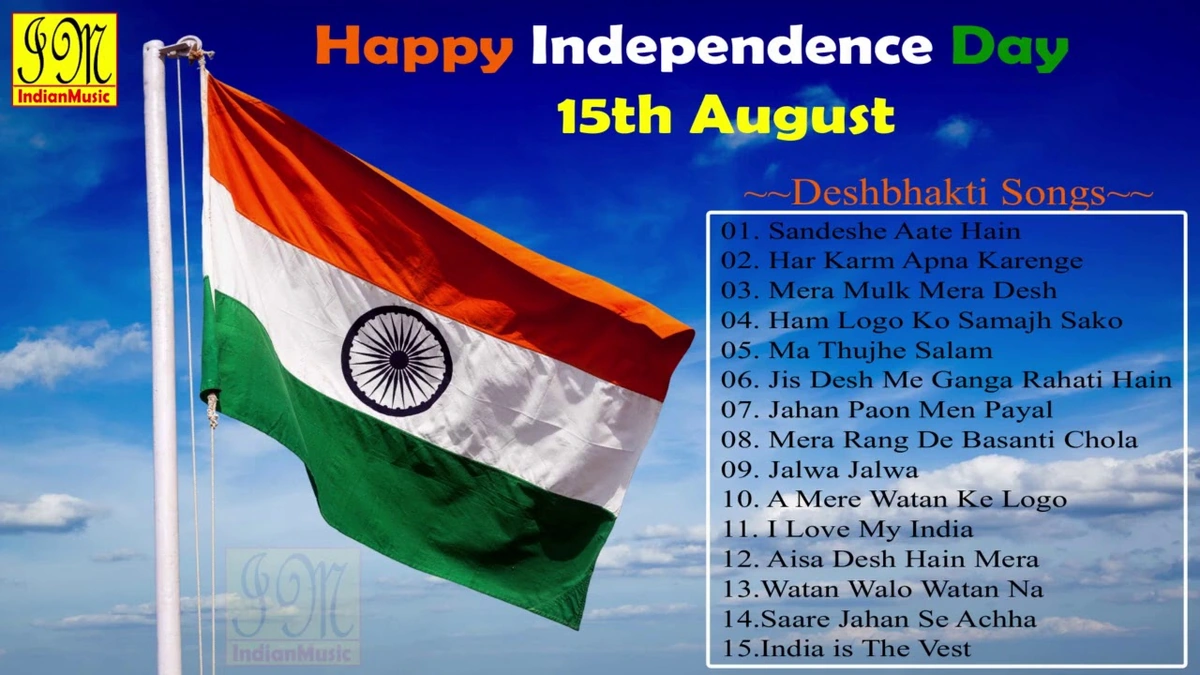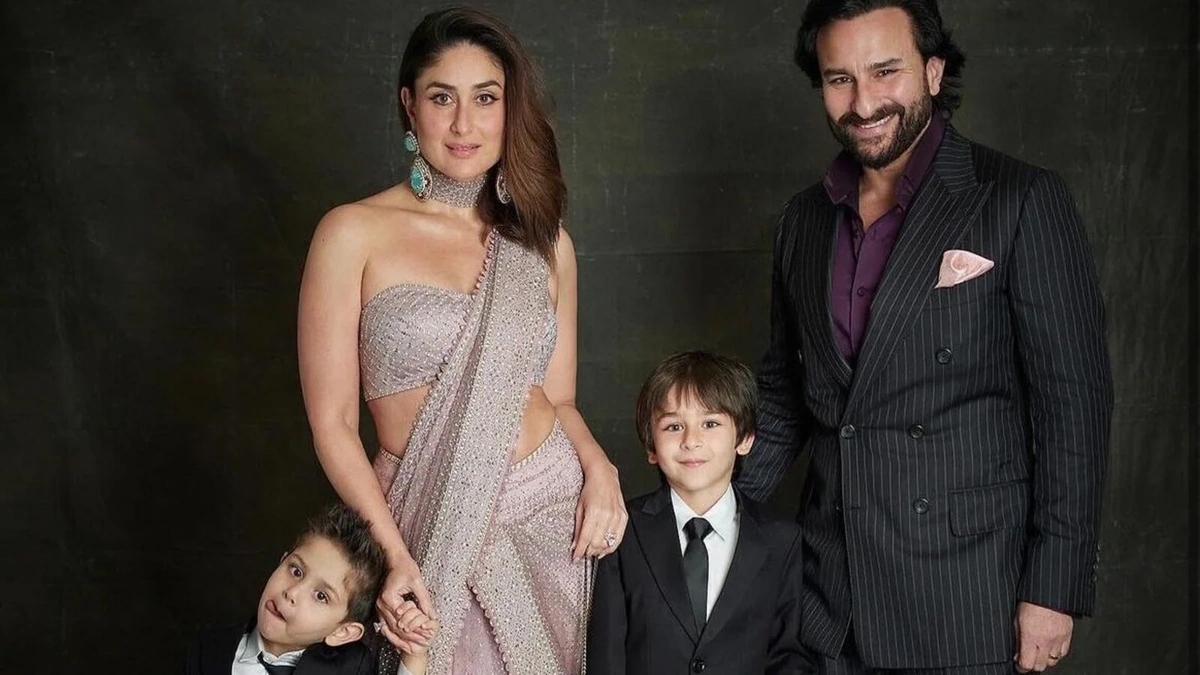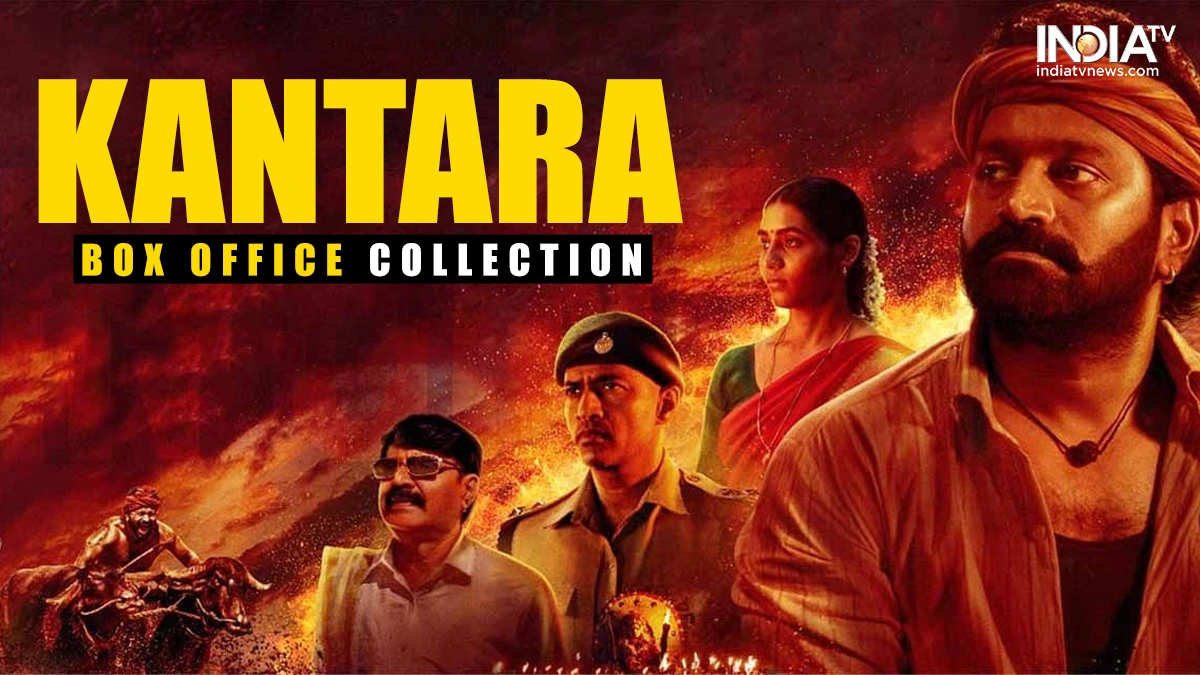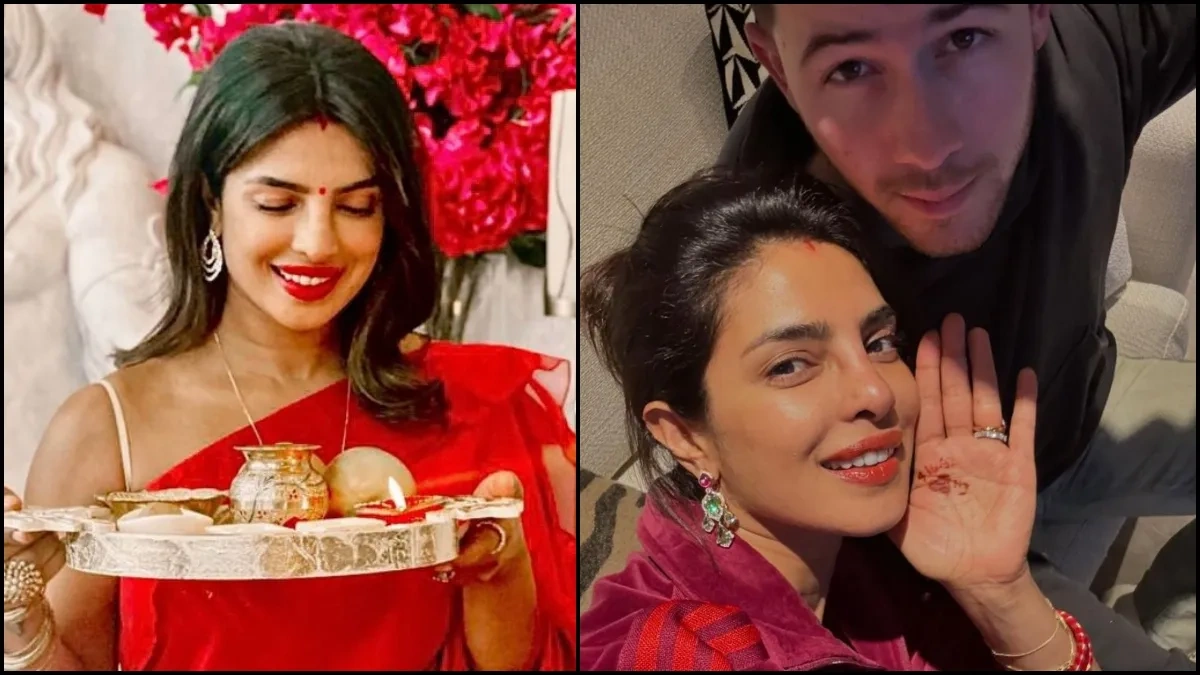The Secret Sauce of Our Independence Day Songs | Why They Still Give Us Goosebumps
You know the feeling, right? It’s a quiet August morning. Somewhere in the distance, a loudspeaker crackles to life. And then you hear it. The opening notes of A.R. Rahman’s “Maa Tujhe Salaam.”
Instantly, something shifts. It’s a physical reaction. The hair on your arms stands up. A strange, powerful warmth floods your chest. It’s not just music; it’s a memory, a feeling, a collective sigh of a billion people rolled into one soaring melody.
Let’s be honest. We hear music all day, every day. We have our playlists for workouts, for road trips, for heartbreak. But the category of independence day songs occupies a completely different space in our psyche. They aren’t just songs; they’re sonic time machines. They’re audio flags we hoist in our hearts.
But why? What is the secret formula? Why does a song written decades ago still feel so deeply personal and relevant? I’ve been thinking about this a lot, and I believe it’s not just simple patriotism. It’s a masterful blend of musical alchemy, lyrical genius, and a shared, unspoken history. Let’s break it down.
The Goosebumps Formula | Deconstructing the Patriotic Hit
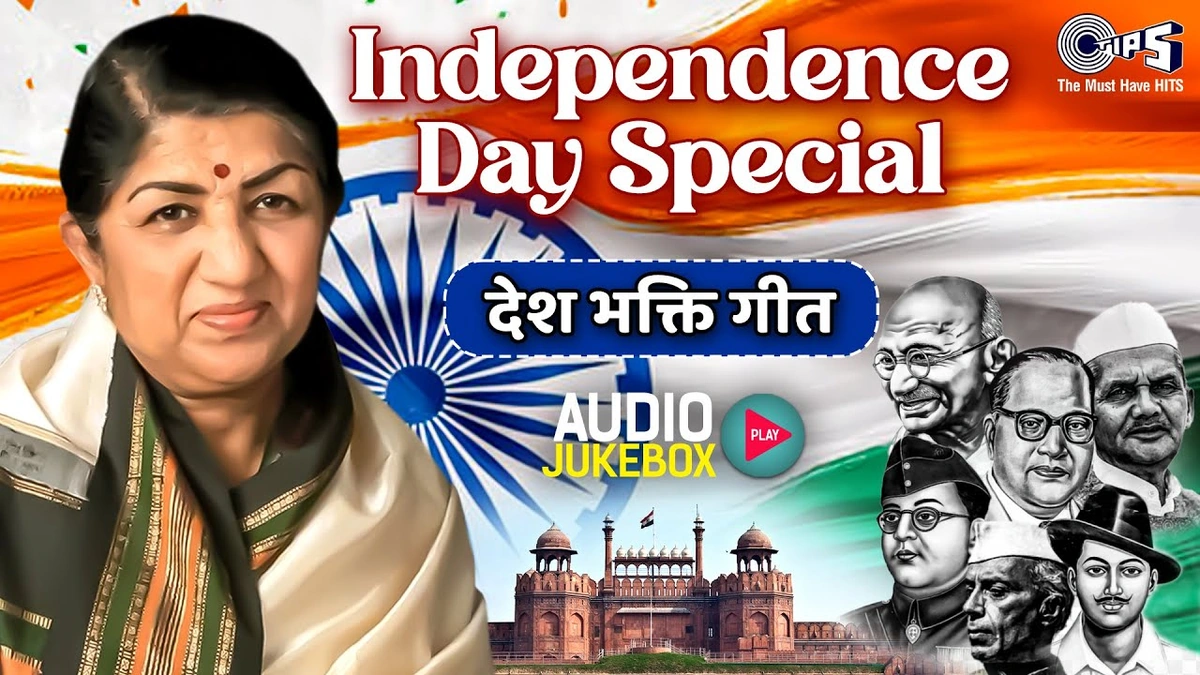
Not every song with “Bharat” or “Hindustan” in its lyrics makes the cut. We’ve all heard those forced, cringey attempts that fade away by August 16th. The ones that last for generations the true desh bhakti songs have something else going on under the hood.
First, there’s the musical architecture. Think about “Vande Mataram” by Rahman. It doesn’t just start; it builds. It begins with that slow, almost reverent hum and then steadily climbs, adding layers, until it explodes into a crescendo that feels like a rocket launch. It’s a journey in three minutes. This “slow burn to explosion” is a classic trick to manipulate emotion, and boy, does it work. It mirrors the feeling of a slow-burning pride that finally bursts forth.
Then there are the lyrics. The most powerful patriotic songs for independence day don’t just talk about the country in abstract terms. They personify it. They speak of “Maa” (mother), “Dharti” (earth), and “Mitti” (soil). It’s intimate. It’s primal. When Lata Mangeshkar sings “Ae Mere Watan Ke Logon,” her voice trembling with emotion, she isn’t just singing about a nation; she’s singing about loss, sacrifice, and a deep, personal connection to the people who protect it. It’s this personal touch that bypasses our cynical brains and hits us straight in the heart.
And let’s not forget the magic ingredient: collective memory. We first heard these songs at school assemblies, with our chests puffed out, trying to sing along. We heard them during parades, watching the tricolour unfurl. These songs are woven into the very fabric of our happiest, most patriotic memories. Hearing them again is like opening a photo album of our own childhoods and our nation’s journey, all at once.
A Journey Through Time | How Our Anthems Evolved
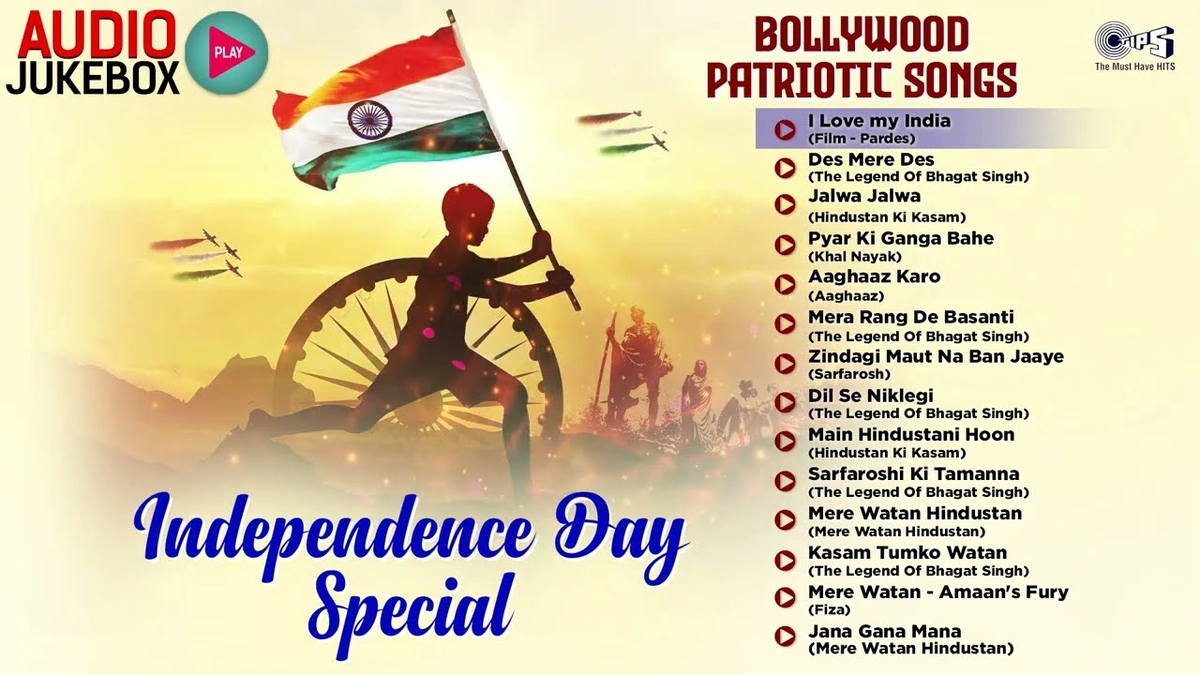
What fascinates me is how the sound of patriotism has changed over the decades. It’s like a musical mirror reflecting India’s own evolution.
In the beginning, you had the revolutionary anthems. Bankim Chandra Chatterjee’s “Vande Mataram,” for instance, was less a song and more a war cry for freedom fighters. As a symbol of the independence movement, its power came from its raw, defiant spirit.
Then came the post-independence, nation-building era of the 50s and 60s. This is when we got the old patriotic songs that are pure gold. I’m talking about “Mere Desh Ki Dharti” from the film Upkar. This wasn’t a song of rebellion; it was a song of creation. It was about the farmer, the soil, and the dream of a self-sufficient, prosperous India. It was hopeful, earnest, and deeply rooted in the Nehruvian ideal of a new nation. It’s the sound of a country rolling up its sleeves and getting to work. Explore more about the world of entertainment, like the latest news on Malayalam OTT releases , to see how storytelling evolves.
And then… the 90s happened. A.R. Rahman happened. Post-liberalisation, with a new globalised economy, India’s identity was shifting. We were no longer just an ancient civilisation; we were a young, ambitious, and globally-connected nation. Patriotism needed a new sound. Rahman’s “Maa Tujhe Salaam” was exactly that. It blended Indian classical vocals with rock guitars and electronic beats. It was cool. It was energetic. It made loving your country feel like being at a rock concert. This was a new, confident patriotism, and it defined a generation. This is one of the best independence day songs hindi has ever produced, period.
Beyond the Big Hits | Unearthing Gems That Redefine Patriotism
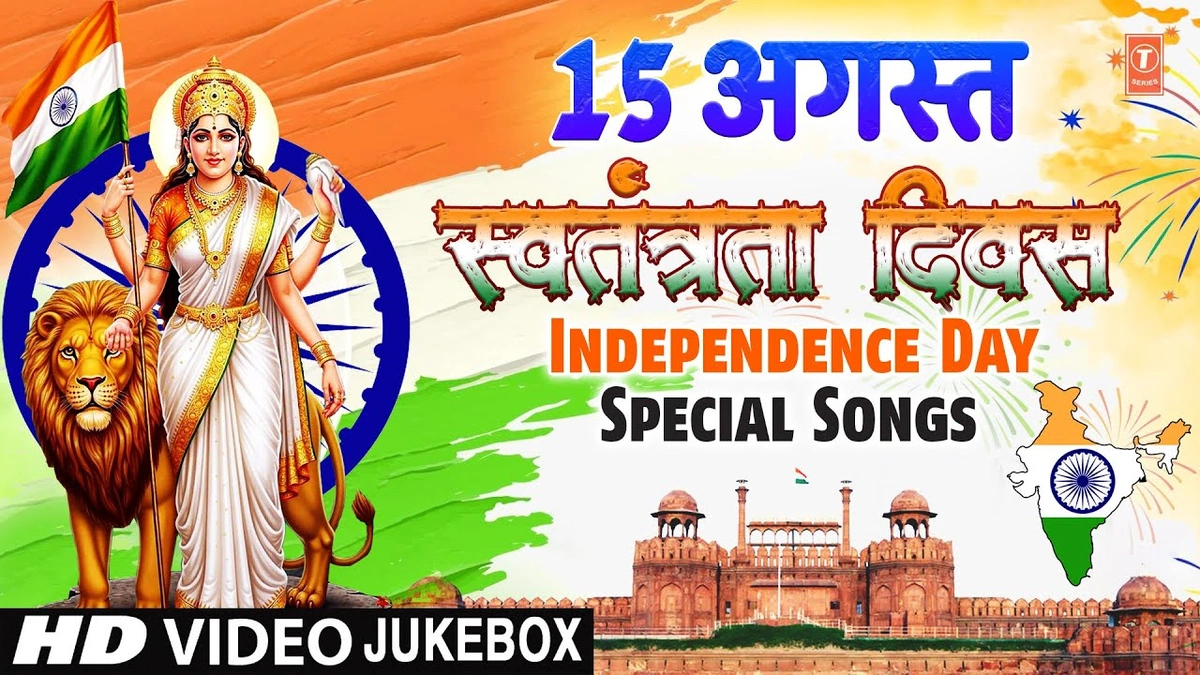
While the big anthems get all the love on 15 august songs playlists, some of the most profound patriotic music is found in the quieter corners.
Take “Yeh Jo Des Hai Tera” from Swades. There’s no chest-thumping here. It’s a song about the pull of home, the undeniable connection to your roots even when you’re miles away. It redefined patriotism not as a loud declaration, but as a quiet, persistent ache in your heart for the smell of your own soil. It’s for the NRI who misses home, for the professional who moved to a big city, for anyone who has ever felt that tug. That’s a patriotism we can all understand on a deeply personal level.
Or think about the title track of Rang De Basanti. It’s a chaotic, vibrant, and almost rebellious song. It framed patriotism as questioning the status quo, as demanding change, as taking ownership. It told an entire generation that being a patriot doesn’t just mean saluting a flag; it means fighting for the soul of the country. This is the kind of depth that makes these songs timeless. Just like actors reinvent themselves, so do our patriotic tunes. Speaking of which, have you seen the latest about Huma Qureshi’s brother in the news?
And that’s the real power of these independence day songs . They aren’t monolithic. They offer a spectrum of emotions. There’s a song for the soldier, a song for the farmer, a song for the rebel, and a song for the homesick soul. You can find your own version of India within them.
Frequently Asked Questions (FAQs)
What is the most iconic Independence Day song of all time?
While it’s subjective, many would point to two: “Ae Mere Watan Ke Logon” for its sheer emotional weight and connection to the 1962 war, and A.R. Rahman’s “Maa Tujhe Salaam” for how it modernized patriotic music for a new generation.
Are there any new independence day songs that have become popular?
Yes, absolutely. Songs like “Teri Mitti” from Kesari have become modern classics. Its heart-wrenching lyrics and soulful melody have made it a staple in recent years, proving that the tradition of powerful desh bhakti songs is alive and well.
Why is “Ae Mere Watan Ke Logon” so incredibly emotional?
It was written by Kavi Pradeep and sung by Lata Mangeshkar shortly after the Sino-Indian War of 1962. It’s a direct tribute to the soldiers who lost their lives. The song’s live premiere reportedly moved Prime Minister Jawaharlal Nehru to tears. That raw, historical context is baked into every note.
What’s the difference between the national anthem and a patriotic song?
The National Anthem, “Jana Gana Mana,” is a formal symbol of the nation with a strict protocol for when and how it should be played. Patriotic songs, on the other hand, are artistic expressions of love for the country. They are informal, varied in style, and can be played anytime to evoke feelings of national pride.
How can I find the official download link for these songs?
Most independence day songs are available on major streaming platforms like Spotify, JioSaavn, and Apple Music. You can search for playlists titled “Independence Day” or “Patriotic Songs” to find curated lists. For specific older songs, YouTube is often the best resource.
So, the next time you hear one of these songs and feel that familiar shiver run down your spine, you’ll know why. It’s not just a well-written tune. It’s a piece of history, a dash of nostalgia, and a powerful note in the complex, chaotic, and beautiful symphony that is India.
